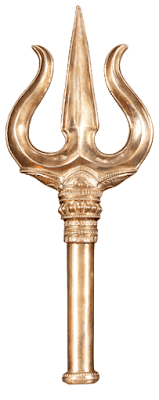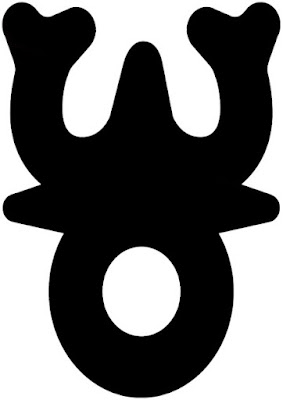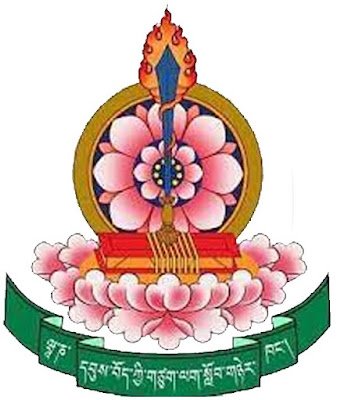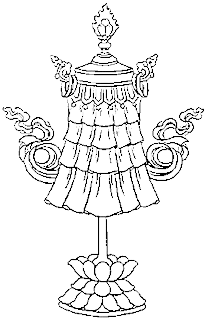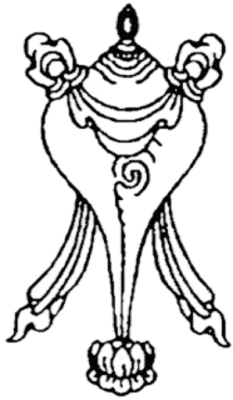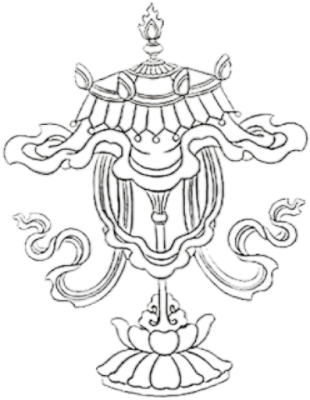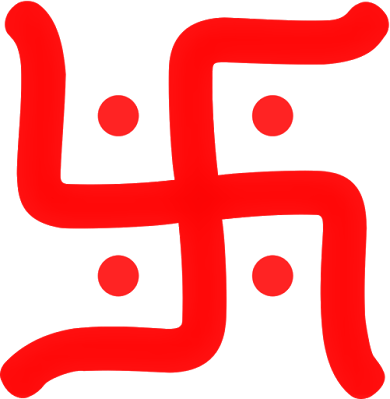TOURISM AND CIVIL AVIATION DEPARTMENT, GOVERNMENT OF SIKKIM

TOURISM AND CIVIL AVIATION DEPARTMENT, GOVERNMENT OF SIKKIM The blue emblem of Tourism and Civil Aviation Department, Government of Sikkim (TCAD) is one of the eight auspicious symbols of Buddhism. The eternal knot or endless knot depicts the wisdom and compassion and the journey towards them. In the same manner the travel and tourism are endless and fascinating. The colour blue symbolises serenity, calmness, trust, spirituality, calmness, wisdom, freedom, openness, intelligence and loyalty.

